Arizona’s dry desert landscape is particularly vulnerable to flash floods. A rainstorm miles away can lead to a flash flood in an area full of completely unsuspecting residents. Pacific hurricanes that hit Mexico can cause higher than usual rainfall during typically dry summers. If you’re caught in a flash flood in Arizona, experts say it’s best to seek higher ground rather than to try to outrun the flood. Keep reading to find out more about the intense flash floods in the state.
1. Arizona’s Deadliest Flash Flood: The 1970 Labor Day Flood
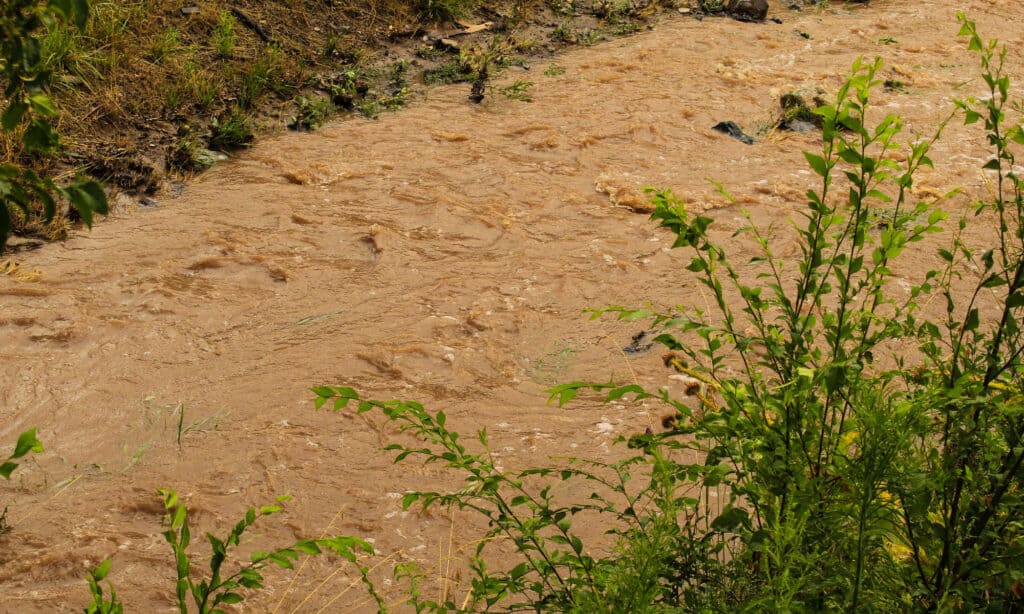
Roughly 23 people died after more than 11 inches of rain fell in Arizona.
©iStock.com/Nathan_Stafford
Labor Day is a U.S. holiday popular for camping, spending time with family, and enjoyiing life. But in 1970, that day was tragic for many in Arizona. In one day, more than 11 inches of rain fell on the Mogollon Rim, a stretch of mountains to the northeast of Phoenix.
Despite the Arizona Weather Service distributing several warnings, campers near the mountains didn’t receive a warning in time to escape. Roughly 23 people died, many in their cars, trying to outrun the flood or get to higher ground. Experts cited the transitive nature of camping and the remote location of the campers as a reason why they didn’t get a warning in time. As a result of this event, the Weather Service shored up their efforts to educate campers about flash flood risks. They placed pamphlets and informational signs at campground offices and tourist visitor’s centers. Nowadays, many campground offices at state, national, and county parks display weather forecasts with warnings. They alert visitors to wildfires, flash floods, and other dangerous conditions.
2. The Worst Tropical Cyclone in Arizona’s History: Tropical Storm Octave
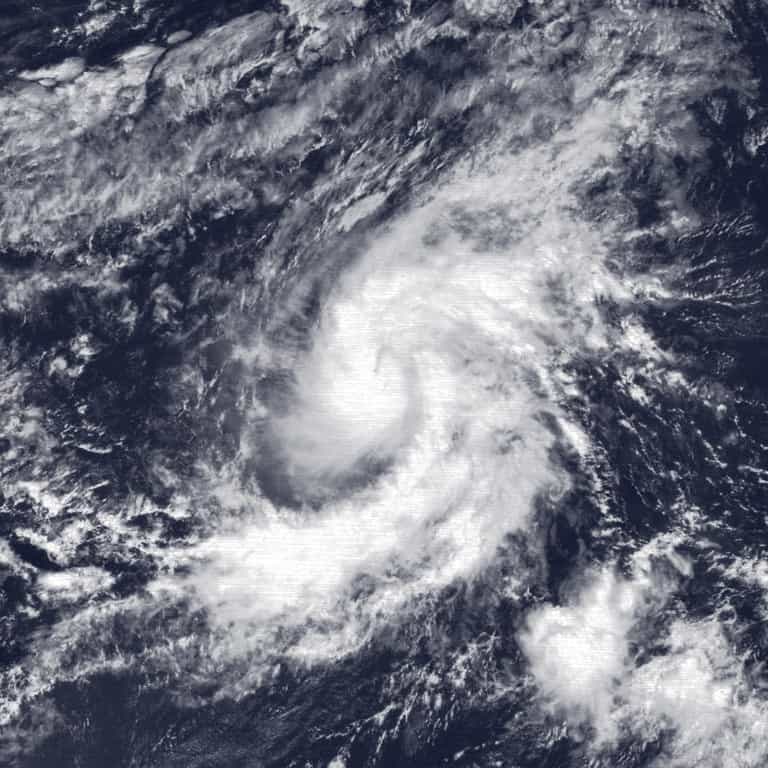
Tropical Storm Octave caused flooding that took lives.
©National Oceanic and Atmospheric Administration (NOAA), data superimposed by CooperScience / public domain – License
Arizona is subject to the aftereffects of tropical storms and hurricanes that originate in the Pacific Ocean. The brunt of these storms hit Mexico. However, they cause a ton of rain in the normally dry state of Arizona. In a period of five days between September 28 and October 3, 1983, Tropical Storm Octave dumped more than 6 inches of rain in “The Valley of the Sun,” AKA, the Phoenix Metropolitan Area. This caused the Gila River to overflow, flooding the important I-10 highway. The flooding was so bad that the National Guard rescued residents of Stanfield and Maricopa from their roofs. Unfortunately, 14 people died in the floods.
In Tucson, 8 inches of rain fell, creating a flood of nearly 8 feet in some areas. In small towns near the Mexican border, dams burst. Residents had to save their towns with shovels, sandbags, and their own hard work. The storm put other small towns completely underwater. One-seventh of the state’s total cotton crop was destroyed by the storm. Almost 10,000 people were left without homes. Nearly 1,000 people were injured, and 3,000 buildings were destroyed. The damage from the storm cost $500,000 then, which would be nearly $1.5 billion in today’s dollars adjusted for inflation.
3. The January 1993 Floods
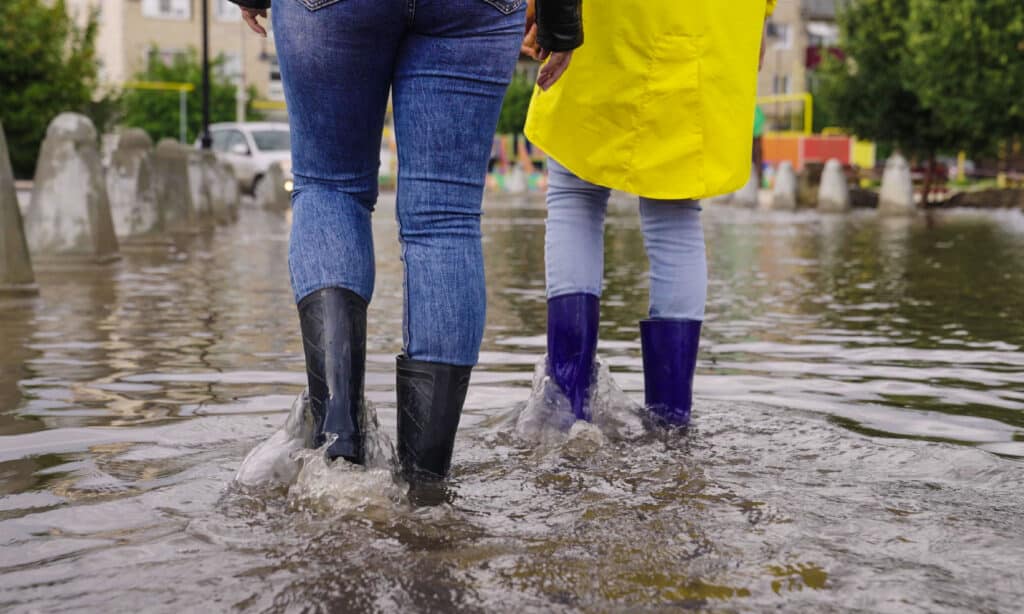
Floods that came as a result of storms had devastating effects on lives in January 1993.
©Valery Zotev/Shutterstock.com
In January 1993, the Phoenix area received rain from several Pacific storms. Throughout the month, different areas of the Phoenix Metro Area flooded. Perhaps the worst occurred on January 19th when the typically dry Salt River developed into a roaring flood. It flooded a landfill, pushing trash downstream. In other areas, washes flooded, trapping residents of smaller towns in their cars and stranding them in their houses. Eight people died from these floods that affected the state over a period of 10 days that month.
4. Sept 8, 2014 Floods
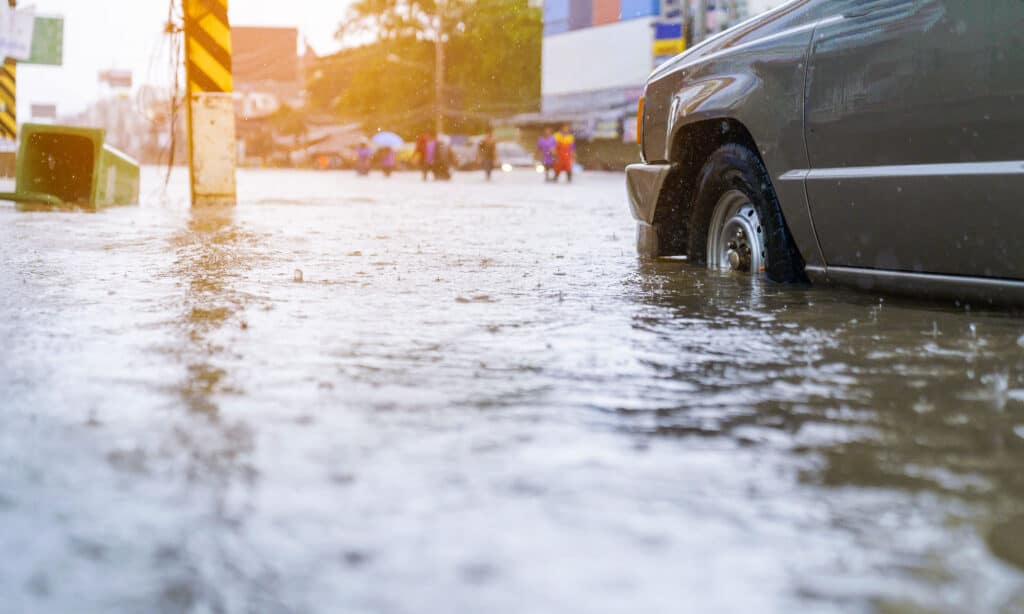
Highways turned to lakes when rain fell for more than eight hours.
©thanatphoto/Shutterstock.com
On September 8th, more than 5 inches of rain fell in Arizona over eight hours. Over 200 homes in Mesa, Arizona were inundated with water. A pregnant woman floated on a raft to the hospital when she went into labor because the roads were impassable. On the essential highway for the region, I-10, freeway pumps failed, effectively turning the highway into a lake. Drivers were forced to abandon their cars for higher ground and watch as their vehicles floated away. Other highways were also forced to close due to the flooding. Two drivers, one in Tucson and one in Pinal County, died in the floods.
5. Hurricane Rosa
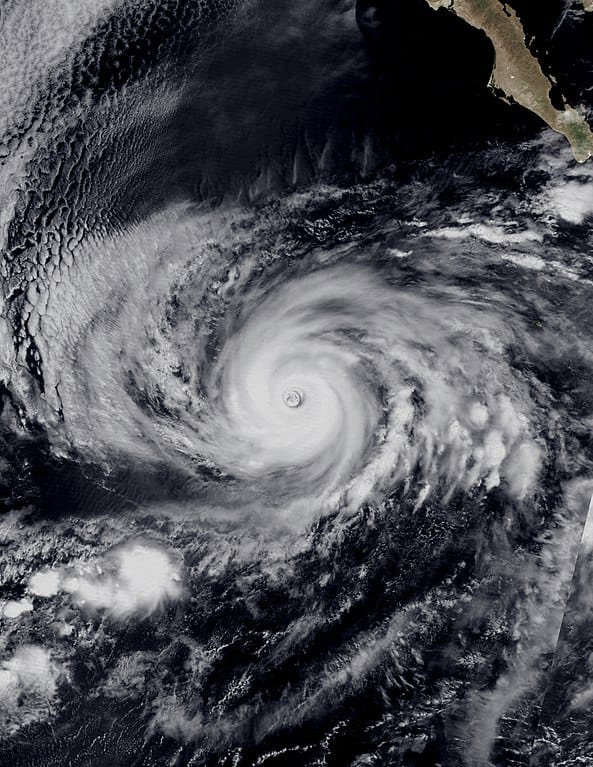
Arizona felt the effects of Hurricane Rosa that hit Mexico.
©NASA / public domain – License
In early October 2018, Hurricane Rosa, another Pacific hurricane that hit Mexico, dumped its remnants on Arizona. This resulted in the city of Phoenix’s eighth most rainy day in history. Many who attempted an early morning commute found lakes where roads used to be. Some people had to be rescued from their cars, and hikers were warned to avoid slot canyons in the area. Luckily, no one died in this event.
Are There More Flash Floods in Arizona Now?
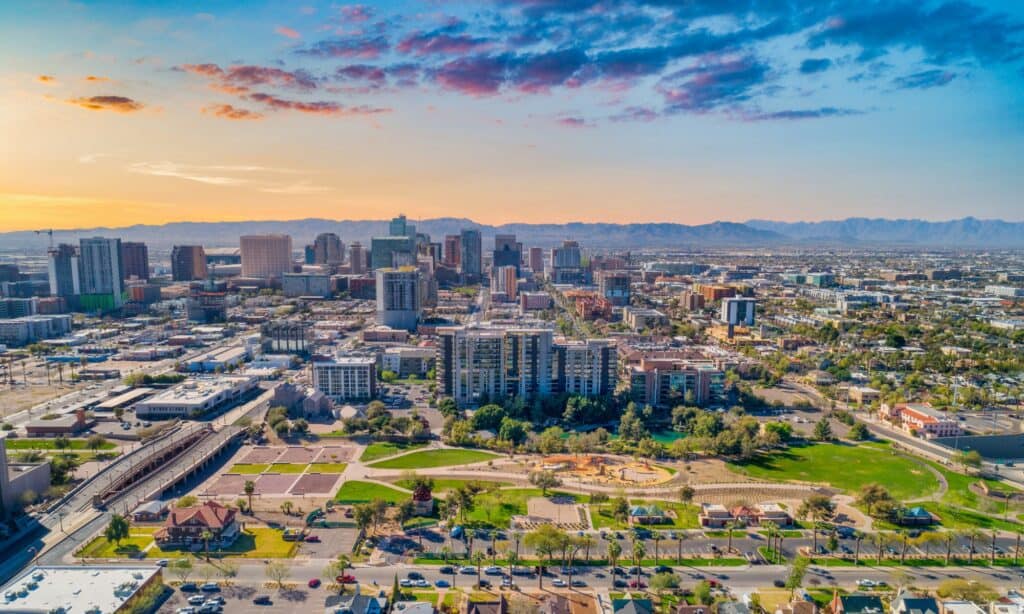
Scientists predict that there might be more storms.
©iStock.com/Kruck20
Climate scientists say that it is normal for Arizona to experience heavy rainfall from time to time, even though it is a desert. However, they say there is definitely a trend of increasingly wet weather in the area, in addition to more extreme storms. They believe that climate change may be contributing to larger, stronger, and longer storms that cause more rain. They say that warming oceans are allowing these Pacific hurricanes to come further north, affecting areas like Southern California and Arizona more often.
The photo featured at the top of this post is © iStock.com/Nathan_Stafford
Sources
- Wikipedia, Available here: https://en.wikipedia.org/wiki/Tropical_Storm_Octave_(1983)
- National Weather Service, Available here: https://www.weather.gov/media/publications/assessments/Arizona%20Floods%20Setember%201970.pdf
- (1970)
FAQs (Frequently Asked Questions)
What was Arizona's deadliest flash flood?
Arizona’s deadliest flash flood was The 1970 Labor Day Flood.
How many people died in the 1970 Labor Day Flood in Arizona?
23 people died in the 1970 Labor Day Flood in Arizona.
What was the worst tropical cyclone in Arizona's history?
Tropical storm Octave was the worst tropical cyclone in Arizona’s hsitory.
How much did the damage from tropical storm Octave cost?
The damage from tropical storm Octave cost $500 million in Arizona in 1983, which would be $1.5 billion in today’s dollars.
Thank you for reading! Have some feedback for us? Contact the AZ Animals editorial team.






